Berlin Wall: Hermsdorf
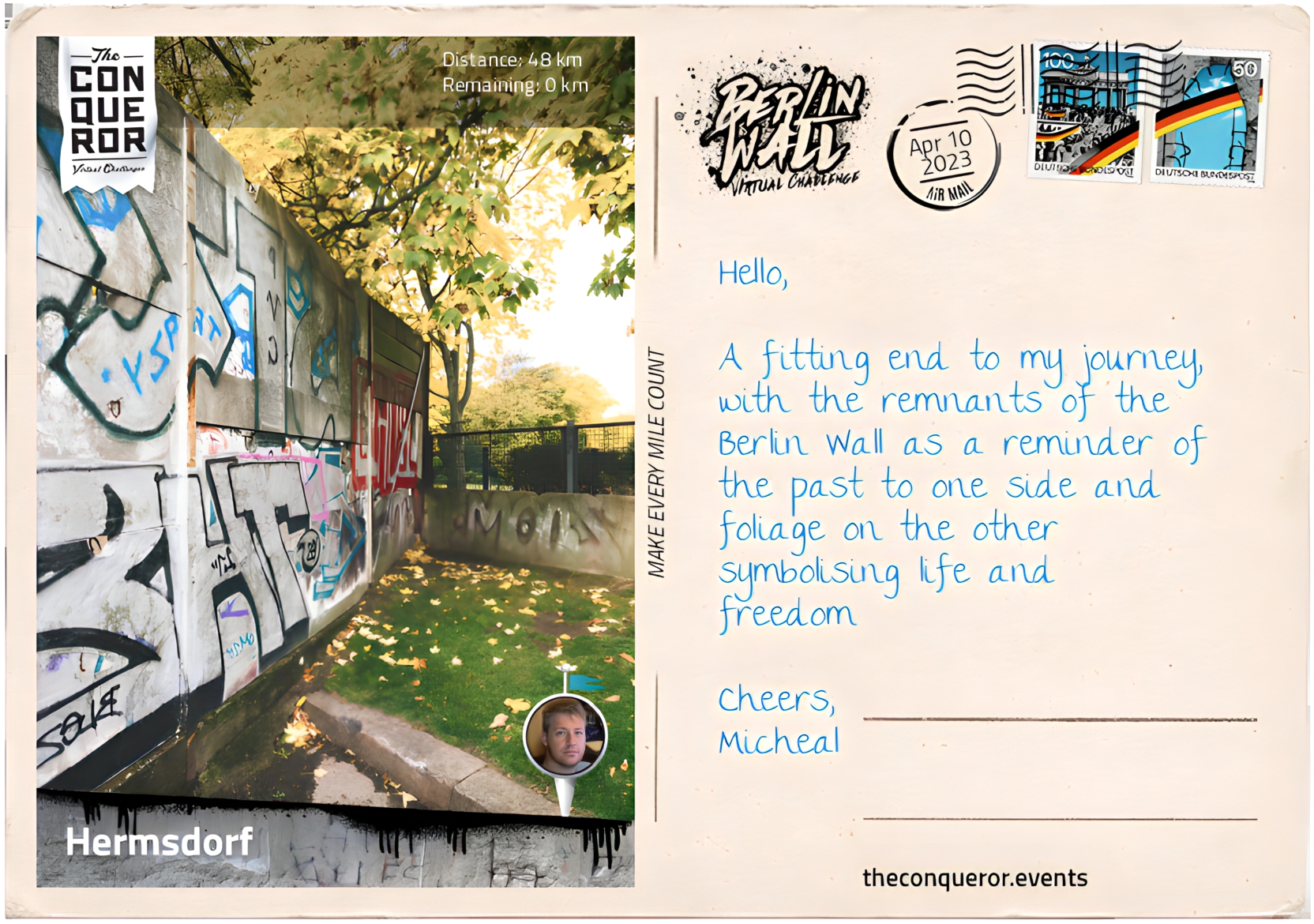
The Berlin Wall was an infamous structure erected by the German Democratic Republic (GDR) in August 1961, separating East and West Berlin and ultimately becoming a symbol of the Cold War. Initially, the wall was constructed as a barbed wire barrier, but it was gradually fortified with several additional structures, including concrete blocks, mesh and signal fencing, anti-vehicle trenches, bunkers, observation towers, spikes, electrified fences, and the notorious ‘death strip,’ which was a heavily guarded area designed to prevent people from escaping.
The construction of the wall had immediate and significant consequences for the people of Berlin, as it caused the division of families and friends, and ultimately resulted in the creation of two separate and distinct societies in the city. The wall served as a stark reminder of the ongoing tensions between the Western and Eastern powers during the Cold War era.
Despite the strict controls imposed by the GDR, many people attempted to escape to the West, risking their lives in the process. Approximately 5,000 individuals successfully escaped from East Berlin to West Berlin, but unfortunately, many did not. Reports suggest that around 140 people lost their lives while attempting to cross the border, and the Stasi, the East German secret police, frequently misreported fatal shootings to families with falsified death certificates.
The truth about these incidents only came to light after the fall of the Berlin Wall in 1989, and the opening of the East German archives for prosecution in the 1990s. These revelations brought some closure to families who had long been searching for answers.
The Berlin Wall’s fall was a momentous event in world history, signifying the end of the Cold War and the beginning of a new era of international relations. On November 9, 1989, thousands of people gathered at the border crossings, and the East German government finally announced that its citizens were free to travel to the West. The fall of the Wall also marked the beginning of the reunification of Germany, which was officially completed on October 3, 1990.
Today, Germany is a prosperous and free country, with a vibrant and cosmopolitan capital city. The scars of the Berlin Wall are still visible, but the city has been rebuilt, and a renewed sense of unity and hope now pervades the once-divided city.
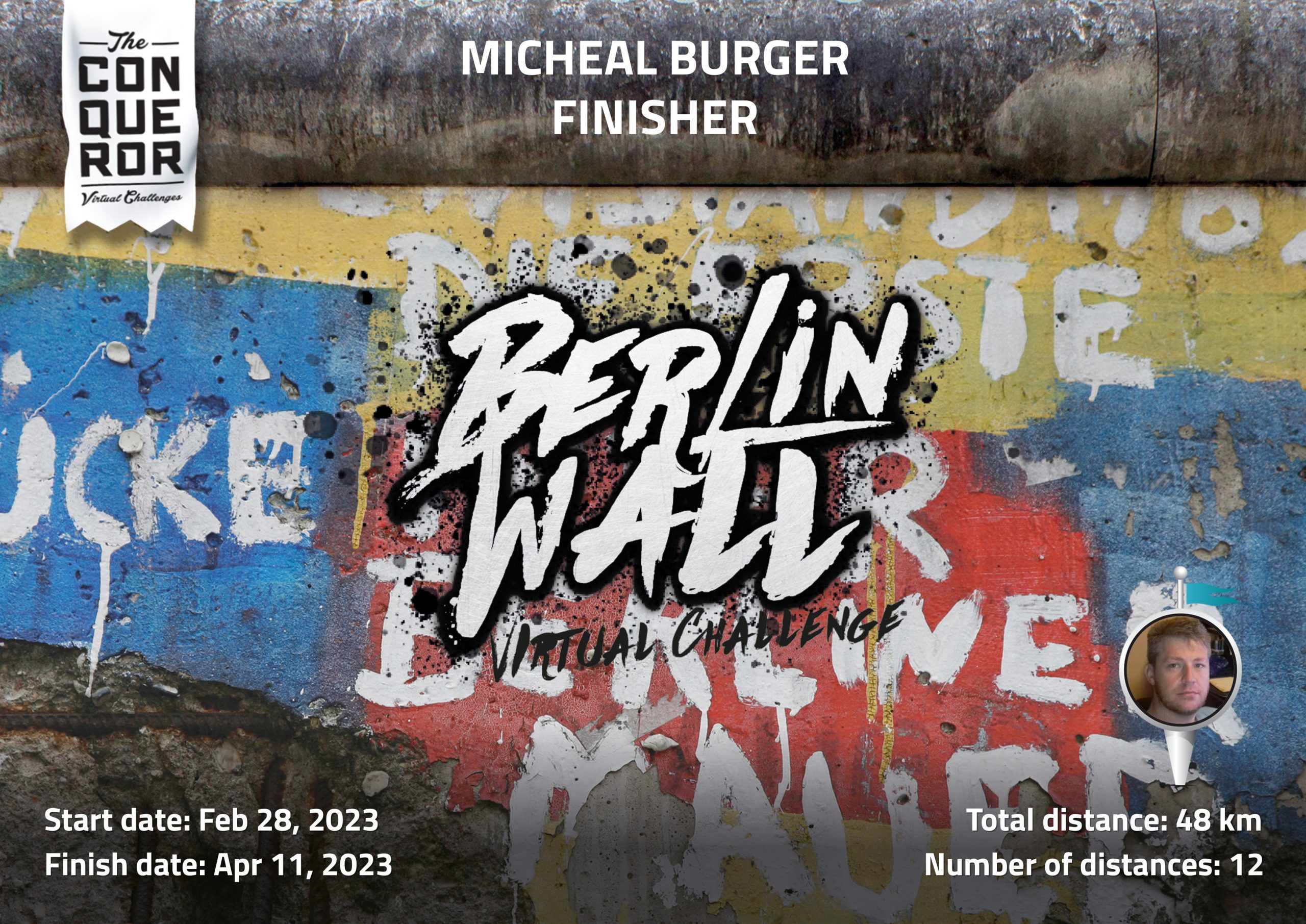
Along with the larger historical narrative, there are many stories of bravery, ingenuity, and victory that took place during the period of the Berlin Wall. These stories highlight the resilience of the human spirit and the lengths that people will go to attain their freedom. One such story is that of Heinz Meixner, a West Berlin resident who was in love with his East Berlin girlfriend. To be with her, he hired a convertible, removed its windshield, and deflated the tires to lower the car’s height. He then drove to Checkpoint Charlie with his girlfriend and her mother hiding in the back. When the car was being checked, Heinz hit the gas pedal and drove the car beneath the steel barrier to safety in the West.
Another story is that of trapeze artist Horst Klein, who was banned from performing due to his anti-communist beliefs. He climbed above the border patrol guards onto disused power cables and carefully walked his way to freedom. Ingo Bethke and his friend also silently paddled their way across the river using an air mattress as a raft. In another location, Ingo’s brother Holger, together with a friend, shot an arrow with a line tied to it from an attic to the West. Another Bethke brother, who was already in the West, tied the line around a chimney, and the pair ziplined across using woollen jumpers.
Ingo Bethke and his friend were among those who risked everything to escape the oppressive regime of East Germany. With only an air mattress as a makeshift raft, they paddled silently across the river, hoping to evade the watchful eyes of the border guards. In another part of the city, Ingo’s brother Holger hatched a different plan, shooting an arrow with a line attached from an attic to the West. With the help of another Bethke brother already living in the West, the line was tied around a chimney, and the pair ziplined across the border using woollen jumpers. These daring escapes were just a few examples of the resourcefulness and courage of those seeking freedom from the constraints of the East German regime.
Another brave escapee was Harry Deterling, a train engineer who came up with an audacious plan to use a steam locomotive to crash through the Wall. With his family and 26 other people on board, Harry bore down on the crossing at full-throttle, disconnecting the brake lines so the train couldn’t be stopped. The locomotive roared into West Berlin at 50mph (80kph), coming to a halt in a neighbourhood where Harry and his family safely disembarked. This was a remarkable feat of engineering and determination, demonstrating the lengths that people were willing to go to in order to escape to freedom.
As we reflect on the stories of these courageous individuals, we are reminded of the sacrifices that were made for the cause of freedom. Whether through paddling across a river on an air mattress, ziplining across the border using woollen jumpers, or crashing through the Wall in a steam locomotive, these people risked everything for the chance to live in a free and democratic society. We honour their memory and their legacy, and we pledge to never forget the hardships and losses endured, the courage needed, and the heroic attempts made to gain freedom from oppression.
Want to join this challenge? Click here.
More from the Berlin Wall Challenge:


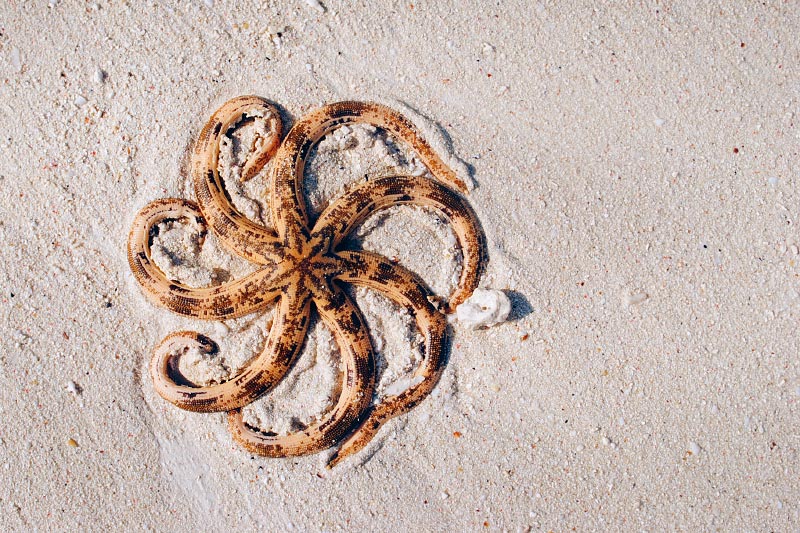
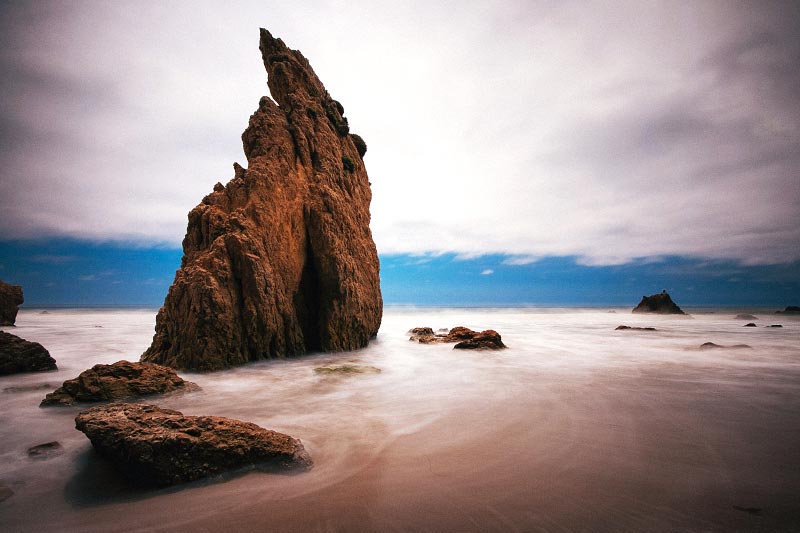
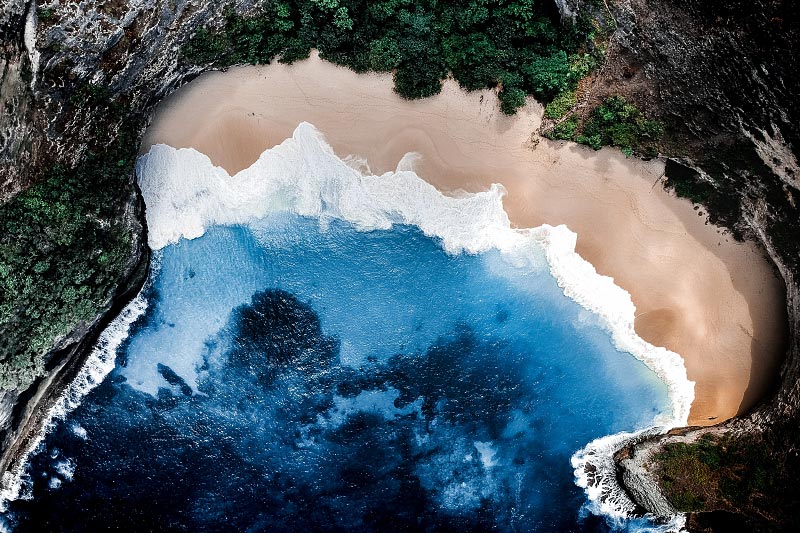
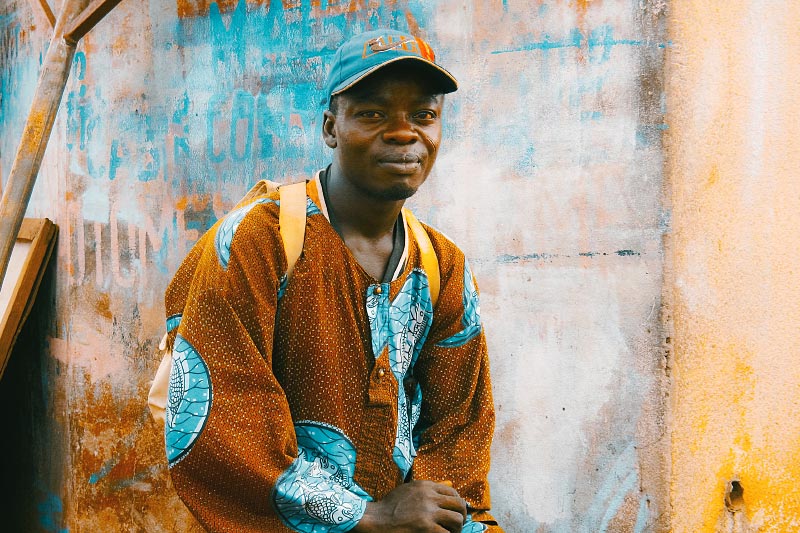
Keep In Touch